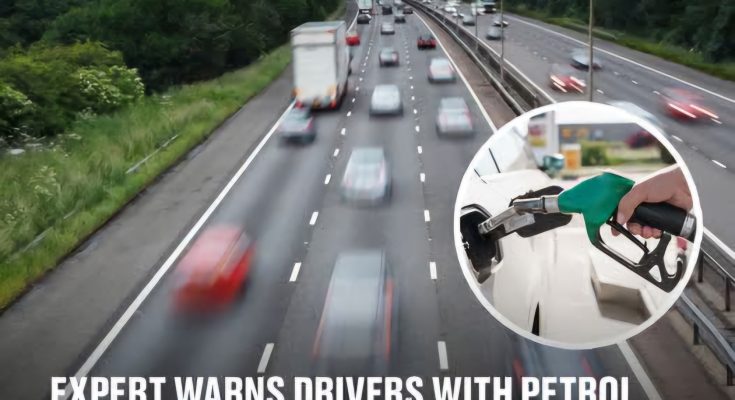The transition to electric vehicles (EVs) is no longer a distant prospect but an imminent reality. In several countries, including the UK and Canada, governments are setting ambitious goals to phase out gas-powered cars. The UK plans to ban the sale of new petrol and diesel cars by 2030, with hybrid models following by 2035. Similarly, Canada aims to achieve 100% EV sales by 2035. While these deadlines may seem far away, experts warn that gas car drivers need to start preparing now.

A Shift to Automatic Transmissions
One of the first adjustments for drivers is learning to embrace automatic transmissions. Unlike traditional gas cars with manual gearboxes, EVs don’t require gear changes. Stuart Masson, a representative of The Car Expert, refers to this change as “car industry 2.0.” He emphasizes the need for drivers to adapt to the new driving experience, which is simpler but might feel unfamiliar to those used to manual transmissions.
The Decline of Gas Stations
Although gas stations won’t disappear immediately, their prevalence will gradually diminish as EV charging networks expand. For gas car drivers, this shift will mean more careful planning for long trips, similar to how early EV drivers had to strategize their routes around charging points. Over time, the convenience of finding a gas station may flip, making it a challenge rather than a given.
Canada’s EV adoption strategy highlights this shift. Automakers are required to increase EV availability incrementally—20% by 2026, 60% by 2030, and 100% by 2035. While these targets are aggressive, gas-powered vehicles already on the roads will still be in use for decades, offering a gradual transition period for drivers.
Addressing Range Anxiety
One of the primary concerns for potential EV buyers is range anxiety, or the fear of running out of power before reaching a charging station. However, Masson believes this fear is exaggerated. “The average journey is about nine miles,” he notes, pointing out that most modern EVs now offer ranges of up to 250 miles on a single charge—more than enough for typical daily driving needs.
As gas stations become scarcer, planning fuel stops in advance will become increasingly important for gas car drivers. This scenario mirrors the early challenges faced by EV drivers. However, with growing infrastructure investments, EVs are becoming more convenient to charge, further pushing the shift away from gas-powered vehicles.
Expanding Charging Infrastructure
Canada is working to support its EV goals with significant infrastructure investments. Currently, there are over 25,500 charging ports nationwide, with plans to expand to 33,500 by 2026. Despite this progress, most charging stations are concentrated in provinces like Quebec, Ontario, and British Columbia, leaving room for growth in other regions.
Financial Incentives to Drive Change
Governments are also introducing financial incentives to encourage the adoption of EVs. In Canada, automakers can earn credits by meeting EV production targets or by investing in public charging infrastructure. Additionally, rebates are available to reduce the upfront costs of EVs for consumers, making them a more accessible option.
For drivers who wish to hold onto their gas-powered vehicles, Masson offers some reassurance. “You’ll still be able to drive your petrol car for decades,” he says. However, the reality remains: the global automotive landscape is shifting toward electrification. Whether drivers choose to adapt gradually or wait until it becomes a necessity, the change is inevitable.
Preparing for the Road Ahead
As bans on new gasoline vehicles come into effect worldwide, drivers must prepare for significant changes in driving habits, infrastructure availability, and long-term vehicle planning. The transition to an electric future may be gradual, but experts stress the importance of starting now. By embracing new technologies and adjusting to a changing landscape, drivers can ensure a smoother ride into the era of electric mobility.



